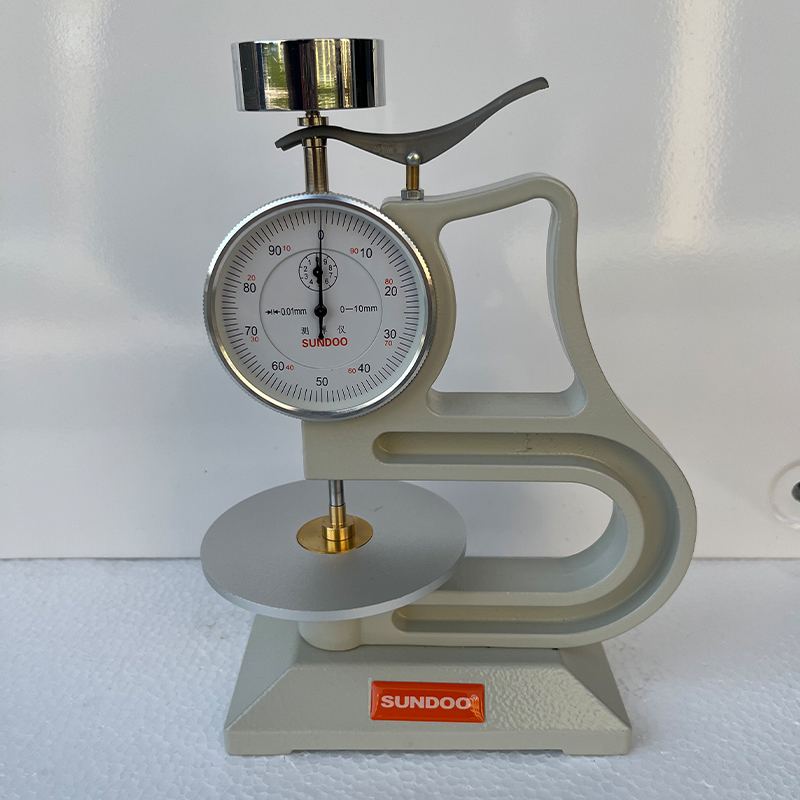Understanding the Importance and Applications of a Resistivity Tester in Electrical Engineering
Understanding the Importance of a Resistivity Tester
In various fields of science and engineering, resistivity testing plays a crucial role in assessing the electrical properties of materials. A resistivity tester, often referred to as a soil resistivity meter or electrical resistivity meter, is an essential instrument for measuring the resistivity of materials, particularly in applications such as construction, environmental studies, and geotechnical investigations.
What is Resistivity?
Resistivity is a fundamental property of materials that indicates how strongly they resist the flow of electric current. It is defined as the resistance of a unit volume of material. The resistivity of a material can be influenced by various factors including temperature, moisture content, and the presence of impurities. Low resistivity materials, such as metals, allow electric current to flow easily, while high resistivity materials, like rubber, act as insulators.
Applications of Resistivity Testers
1. Geotechnical Engineering In the realm of construction and civil engineering, understanding the resistivity of soil is vital. Engineers utilize resistivity testers to assess soil conditions before the construction of foundations, retaining walls, and other structures. Accurate resistivity measurements help in determining the corrosion potential of buried structures, ensuring long-term durability.
2. Environmental Studies Resistivity testers are also employed in environmental investigations. They can help identify contamination in soil and groundwater by providing insights into the electrical properties of affected areas. This information is crucial for environmental remediation efforts, where precise knowledge of contaminant plumes guides cleanup strategies.
3. Electrical Grounding and Lightning Protection Proper grounding is essential for electrical safety and equipment protection. Resistivity testers help ensure that grounding systems provide adequate protection by verifying that the ground resistance is within acceptable limits. This is particularly important in the installation of lightning protection systems where low resistivity paths to ground are paramount.
resistivity tester

4. Material Quality Control In manufacturing, resistivity can be an indicator of material quality. Thus, resistivity testers are used in quality control processes to ensure materials meet specified electrical properties. This is especially significant in industries such as electronics, where conductivity is critical.
How Resistivity Testers Work
Resistivity testers generally operate by passing a known current through a pair of electrodes inserted into the material being tested. By measuring the voltage drop across another pair of electrodes, the tester can calculate the resistivity using Ohm's Law (R = V/I). The resistivity (ρ) can then be derived from the relation
\[ ρ = R \cdot \left( \frac{A}{L} \right) \]
where \( A \) is the area of the electrodes and \( L \) is the distance between them. Modern testers often utilize advanced technology, including digital displays and data logging capabilities, to simplify the testing process and enhance accuracy.
Conclusion
The resistivity tester is an invaluable tool across various industries. From ensuring the safety and longevity of civil engineering projects to identifying environmental hazards and controlling material quality, the ability to accurately measure resistivity impacts many aspects of technology and safety. As advancements in technology continue to improve the precision and ease of use of these instruments, their applications are likely to expand further. Understanding resistivity through comprehensive testing fosters safer and more efficient engineering practices, ultimately benefiting society as a whole.
-
The Role of Tensile Force Testers in Quality Control and Material Science
NewsAug.01,2025
-
Maintenance and Safety Tips for Aging Ovens
NewsAug.01,2025
-
Density Balance in Forensic Science
NewsAug.01,2025
-
Advanced Optical Measurement Technologies
NewsAug.01,2025
-
A Buyer’s Guide to Tensile Test Machines
NewsAug.01,2025
-
Why the Conductor Resistance Constant Temperature Measurement Machine Redefines Precision
NewsJun.20,2025
 Copyright © 2025 Hebei Fangyuan Instrument & Equipment Co.,Ltd. All Rights Reserved. Sitemap | Privacy Policy
Copyright © 2025 Hebei Fangyuan Instrument & Equipment Co.,Ltd. All Rights Reserved. Sitemap | Privacy Policy
